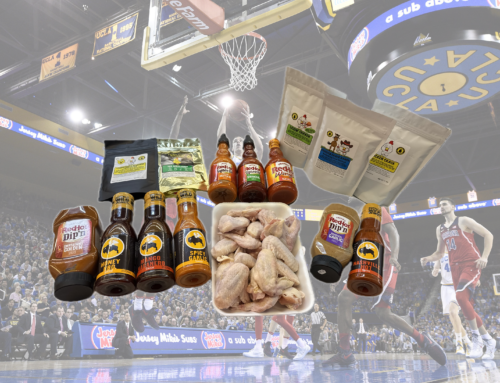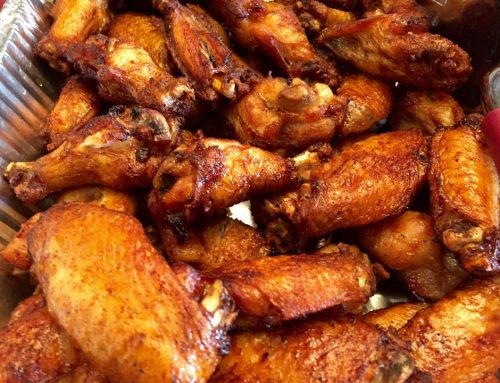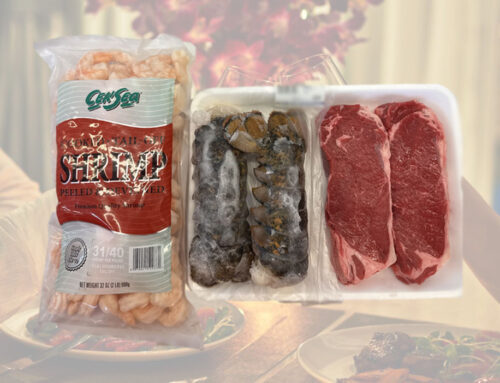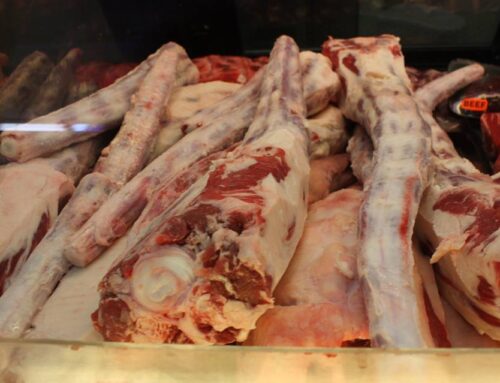When it comes to cooking pork, there’s a wide variety of cuts and terms to navigate. Two such terms that often cause confusion are pork steak and pork westerns. While both cuts come from the pig, they are distinct in terms of their origin, preparation, and flavor. If you’re trying to decide between the two for your next meal, here’s a breakdown of what each cut is, how they’re different, and when to use them.
What is a Pork Steak?
Pork steak is a cut that comes from the pork shoulder, typically from the upper portion of the pig’s front shoulder (also called the “blade” or “Boston butt”). This cut includes a combination of meat and fat, which makes it flavorful and tender when cooked properly.
Key Characteristics of Pork Steaks:
- Location: Pork steaks are usually cut from the pork shoulder area.
- Appearance: They are boneless or bone-in pieces, typically thick, marbled with fat, and often have some connective tissue, which adds to their richness.
- Texture & Flavor: Due to the fat content and collagen, pork steaks are juicy, flavorful, and ideal for slow cooking methods like grilling, pan-frying, or braising.
- Cooking Method: Because of the fat and connective tissue, pork steaks benefit from slow cooking or high-heat grilling to caramelize the outside while keeping the inside tender.
How to Cook Pork Steaks:
- Grilling: Season with spices or a marinade, then grill over medium heat for 4-6 minutes per side, depending on thickness.
- Pan-searing: Sear in a hot skillet with a bit of oil to get a nice crispy exterior, then finish cooking in the oven.
- Braising: Cook slowly in a flavorful liquid like broth or wine to tenderize the meat and infuse it with flavor.
What are Pork Westerns?
Pork Westerns, often called pork country ribs, come from the pork shoulder area as well, but they are specifically cut from the shoulder blade end. Sometimes, this cut is also referred to as “rib tips” or “shoulder country ribs.”
Key Characteristics of Pork Westerns:
- Location: Cut from the upper shoulder, near the blade and rib section.
- Appearance: Pork westerns are typically small, boneless, or sometimes bone-in pieces that resemble short ribs in appearance but are made entirely of pork.
- Texture & Flavor: Like pork steaks, pork westerns have a good amount of fat and connective tissue. They’re more tender than traditional pork ribs because they come from a part of the pig that doesn’t see as much muscle use.
- Cooking Method: Pork westerns can be cooked in similar ways to pork steaks, but they tend to be even more versatile in their preparation because of their smaller size and slightly more tender meat.
How to Cook Pork Westerns:
- Grilling: Season or marinate pork westerns, and grill over medium heat for a juicy, flavorful result.
- Slow-cooking: Due to their tenderness, these can be perfect for slow-cooking or braising, producing succulent, melt-in-your-mouth bites.
- Barbecuing: Pork westerns are often a great choice for barbecuing because the fat renders nicely, leaving a crispy, flavorful exterior.
Key Differences Between Pork Steaks and Pork Westerns
While both cuts come from the pork shoulder, the main differences between pork steaks and pork westerns lie in their appearance, cooking applications, and texture:
- Cut Location:
- Pork steaks come from the broader part of the pork shoulder.
- Pork westerns are cut from the specific area near the shoulder blade.
- Size and Shape:
- Pork steaks are typically thicker, larger, and more irregularly shaped.
- Pork westerns are smaller, often cut into bite-sized pieces, and can be either bone-in or boneless.
- Cooking Method:
- Pork steaks often benefit from slow cooking or grilling.
- Pork westerns are especially good for grilling, barbecuing, or slow-cooking due to their smaller size and tenderness.
- Texture:
- Both cuts have a tender texture due to the fat and connective tissue, but pork steaks may require slightly longer cooking times to break down the fat.
- Pork westerns, due to their size and location, are more uniformly tender.
Conclusion
While pork steaks and pork westerns may seem similar at first glance, they offer different flavors, textures, and cooking applications. Pork steaks are perfect for grilling and slow-cooking with a rich, juicy texture, while pork westerns (or country ribs) are a versatile cut that shines in both grilling and slow-cooking methods. Whether you’re grilling up a juicy pork steak or creating tender, fall-off-the-bone pork westerns, both cuts bring plenty of flavor and satisfaction to the table.
Next time you’re at Prime Meats, try both cuts, and experiment with different cooking methods to discover which one you prefer!



